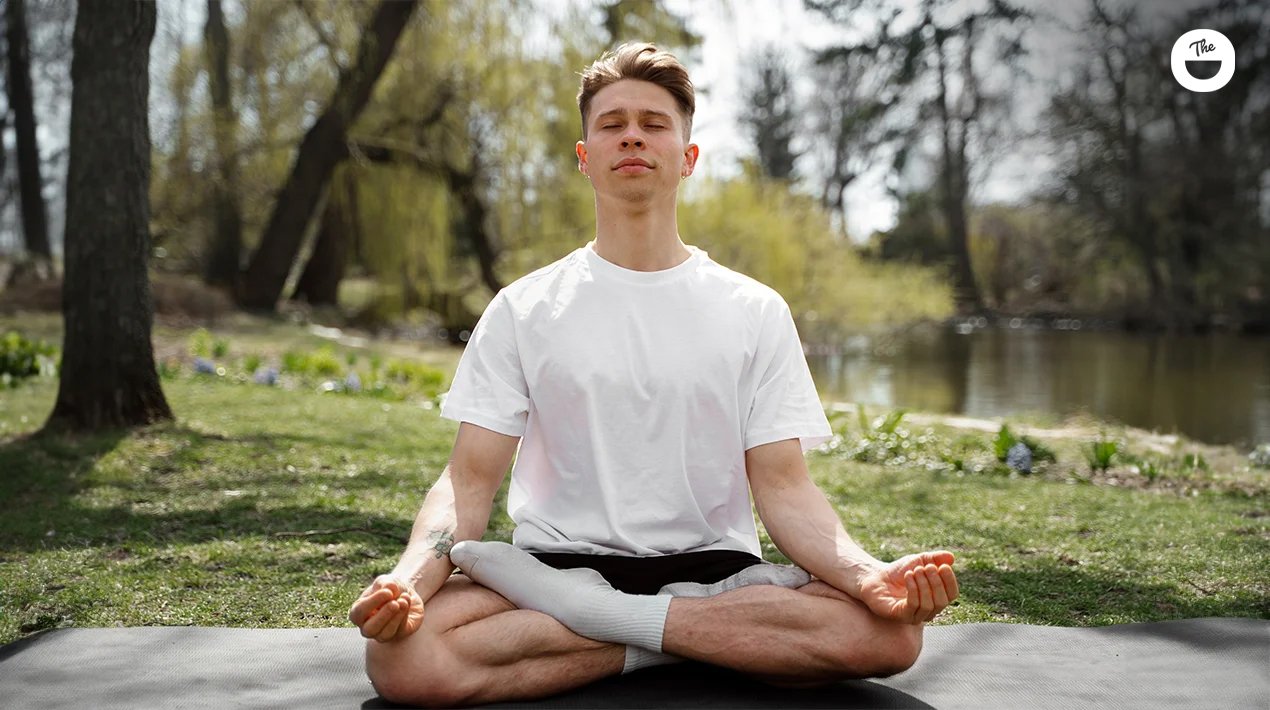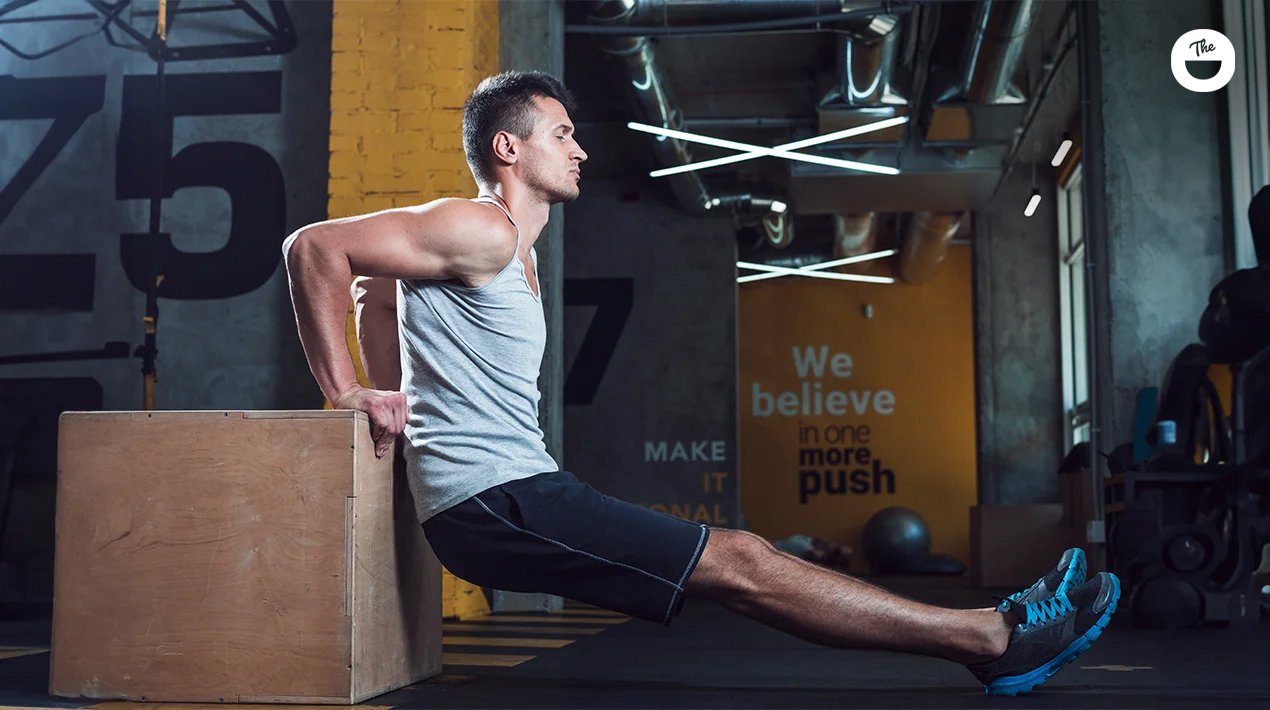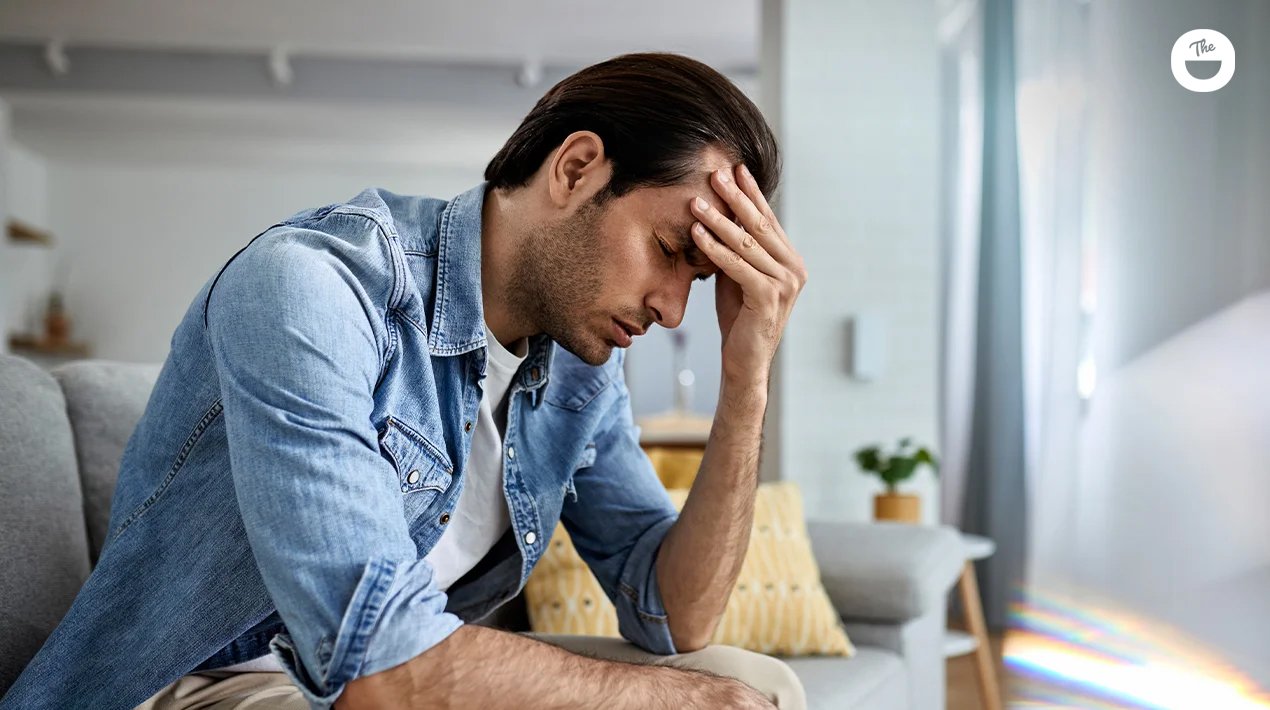Table of Contents
Introduction
If you’re new to yoga, you may be intimidated by the sheer quantity of poses and their peculiar names. However, yoga doesn’t have to be difficult. You’ve already performed a yoga pose if you rolled out of bed this morning and crossed your arms over your head. Additionally, keep in mind that practicing yoga is a lifetime endeavor, providing you with ample opportunity to master a multitude of poses.
Our bodies naturally bend and fold into many basic yoga positions, making them extremely familiar. Begin by learning some basic yoga poses while paying attention to your breathing. Keeping things basic when you’re just starting is a wonderful idea. These introductory yoga positions are beneficial enough to keep you busy for a considerable time.
Remember that you do not need to master each of the 31 poses described here. You are under no need to master them; they are merely possibilities for you to choose and can be learned wherever and whenever you like.
Mountain Pose (Tadasana)
Beginners may strengthen their entire body with this yoga pose, focusing on their ankles, feet, thighs, calves, abs, and spine.
Take a tall stance, space your feet hip-width apart, maintain a relaxed posture, keep your arms at your sides, and face front with your hands facing forward.

Downward Dog (Adho Mukha Svanasana)
Beginner’s yoga stance stretches the hamstrings and calves while strengthening the arms, core, and glutes. Remind yourself that it’s acceptable to maintain a bent knee and elevated heels off the ground. Here, concentrate on elongating your spine while you attempt to raise your hips. You’ll eventually be able to straighten your legs.”
Place your hands directly under your shoulders and your knees under your hips in a tabletop position. Spread your fingers wide and walk your hands a few inches forward, pressing your palms into the mat.
Press shoulders away from ears, curl toes under, and slowly raise hips toward the ceiling to form an inverted “V” with the torso. Knees should be slightly bent and feet hip-width apart.
For five complete breaths, hold. (This non-slip yoga mat will maintain your balance no matter how perspiration-covered your hands get.)

Warrior II (Virabhadrasana II)
By including this basic yoga stance in your routine, you may strengthen your shoulders, quadriceps, and hamstrings while simultaneously releasing your hips, calves, and shoulders.
Place your feet wide apart, about three to four feet apart. Step the right foot slightly in and the left foot out ninety degrees. Arms out to the sides, palms down, with hands at hips and shoulders relaxed.
Bend left knee ninety degrees while maintaining knee over ankle; look over the left hand.

Tree Pose (Vrksasana)
Standing in a yoga pose will strengthen your ankles, calves, quadriceps, and core while also providing a nice stretch for your hips, ankles, and feet. The pose, which calls for standing on one leg, can also aid with balance.
Place hands on hips and arms at sides.
Maintaining your hips forward, shift your weight to your left leg and insert the sole of your right foot into your left thigh.
Once balanced, place hands in front of the chest, palms facing each other, in the stance of prayer. Exhale and stretch your arms over your shoulders, keeping your palms apart and facing each other.

Triangle Pose (Trikonasana)
You’ll strengthen your ankles, legs, and core as you ground through your feet. As you reach up toward the sky and hinge at the hips, you’ll also lengthen your hamstrings, shoulders, and obliques.
Aim to stand with your feet about three feet apart. Point your left foot at 90 degrees and your right foot around 45 degrees.
Spread your arms wide, then bend at the hips to sag your torso down to your left leg.
Let the left hand come into contact with the floor, rest on the left leg above or below the knee, and reach up with the right hand to touch the ceiling. Aim your eyes up at the ceiling.

Conclusion
Allow ample time to master these postures. Set aside some time each day (or every few days) to unwind in a cozy setting and go over your routine. Wearing low-support training tank tops with a four-way stretch to assist you during poses is a smart option. Your body will flow more easily from one pose to the next for better physical function and overall wellness if you practice yoga regularly.
Also Read: 7 Most Effective Triceps Exercises
Frequently Asked Questions (FAQs)
A lot of beginning yogis begin their practice at home. Since many individuals can’t travel to a studio, doing it from home is far more practical and affordable.
Establishing a daily workout routine could seem difficult if you are new to exercising. Try doing yoga three times a week. But it’s not harmful to practice yoga every day if you start with simple poses like the ones above.





